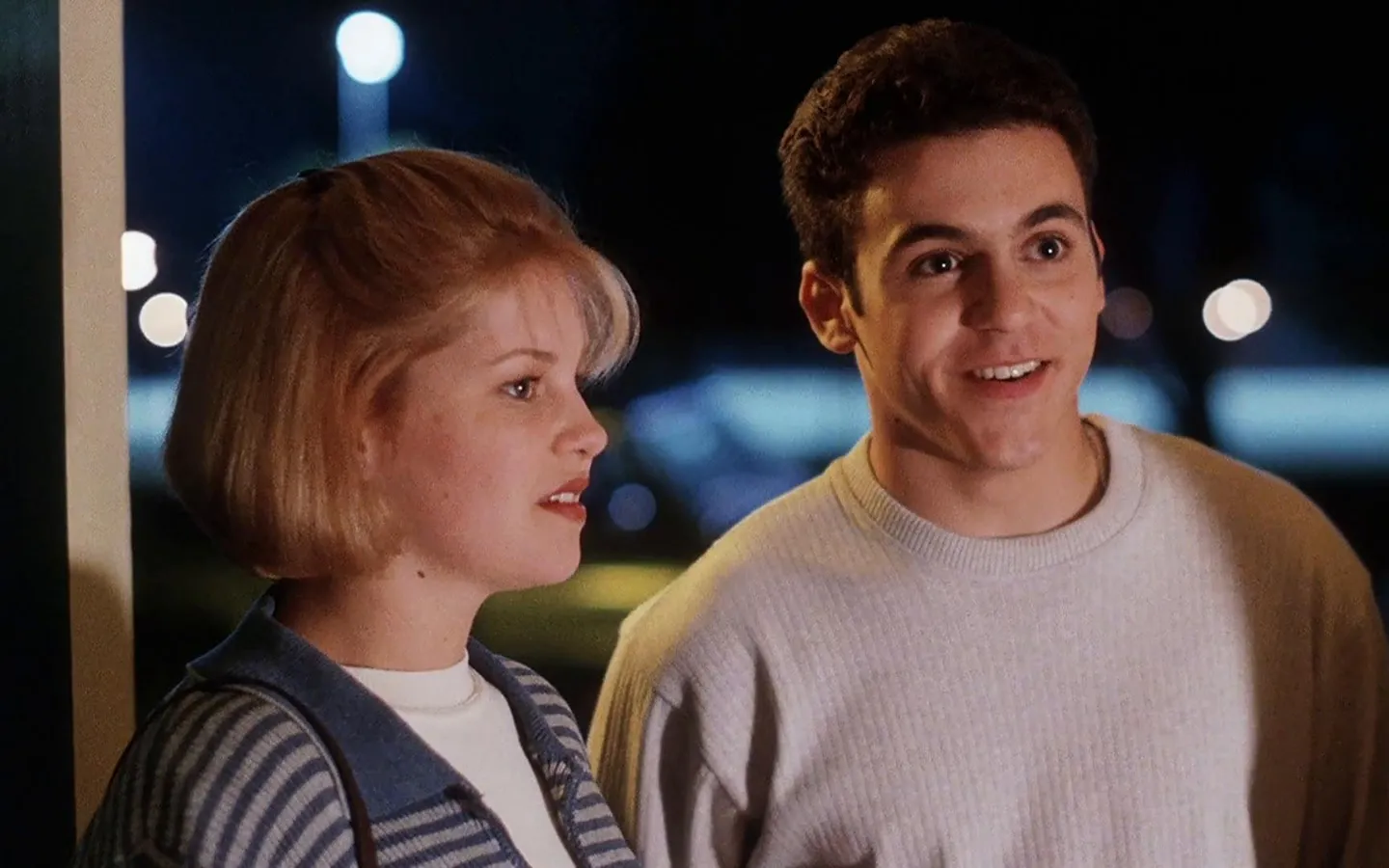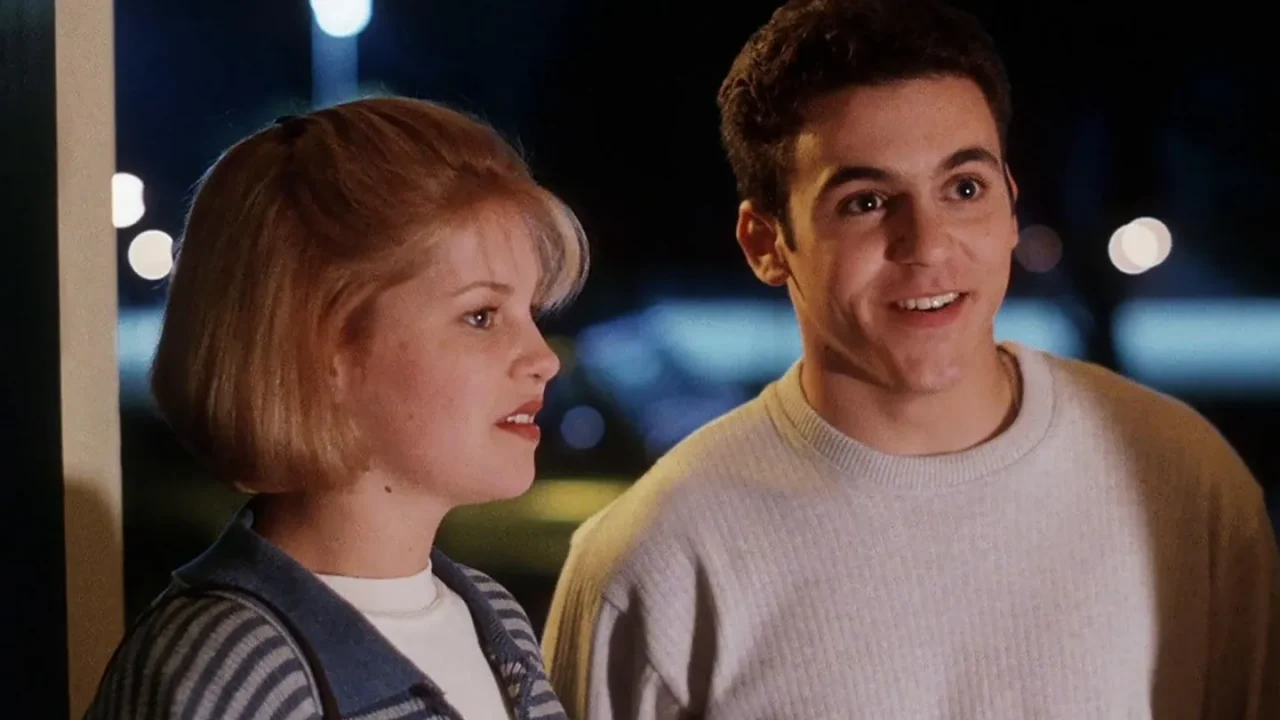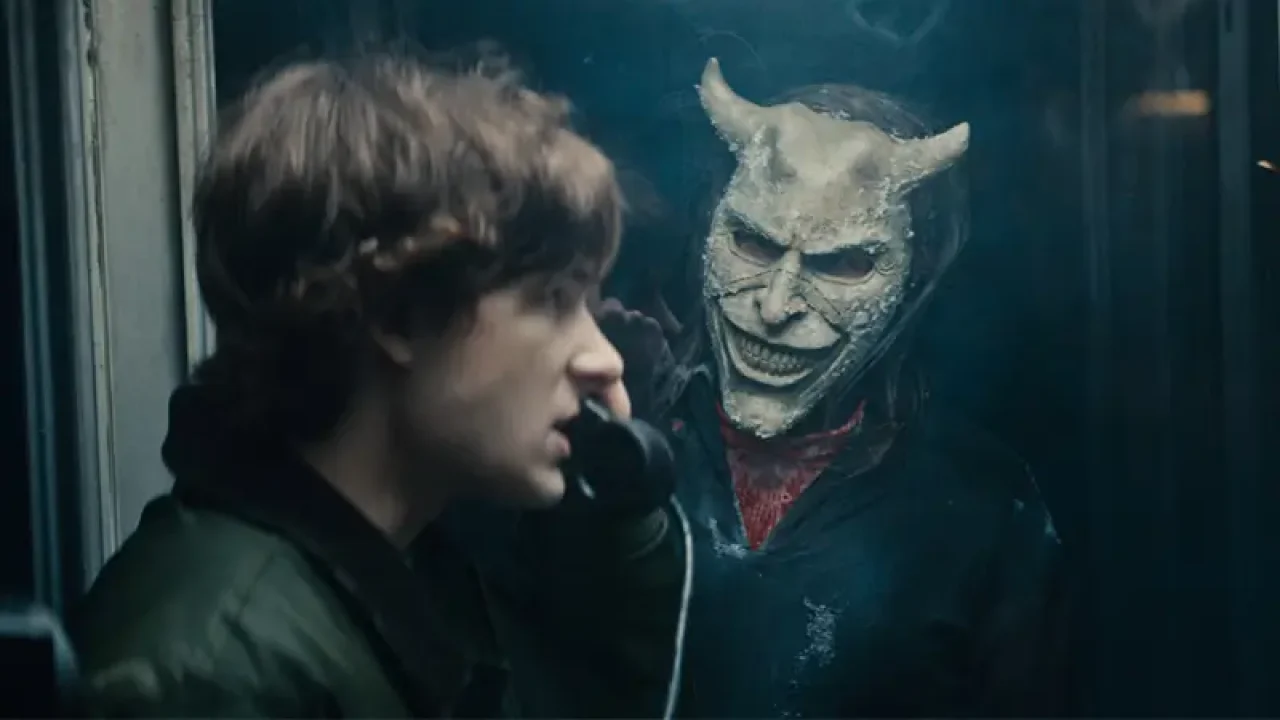Whether warning of the dangers lurking beneath the waves or fueling our primal fascination, these apex predators hold a unique place in cinema. Fifty years ago, Steven Spielberg redefined horror and suspense with the groundbreaking classic Jaws. Let’s dive into the evolution of shark films—from the genre-defining classics to modern thrillers—and explore how our obsession with these enigmatic creatures has grown as large as the beasts themselves. Movies like Open Water 3: Cage Dive brought a fresh perspective to the genre by using the found footage style to heighten realism and tension, immersing viewers in the terror of being stranded and surrounded by sharks.
The Dawn of Terror: Sharks in Classic Cinema

It all began in 1975 with Spielberg’s Jaws, a masterpiece that redefined suspense and set the template for aquatic horror. Jaws became one of the original summer blockbusters (a term coined from theater queues stretching around city blocks) and forever etched sharks into pop culture.
Starring Roy Scheider, Richard Dreyfuss, and Robert Shaw—names synonymous with ’70s thriller royalty—the film paired gripping performances with John Williams’ spine-chilling score, whose tense chords still haunt audiences today.
Beyond storytelling, Jaws revolutionized practical effects, using cutting-edge animatronics to bring its predator to life. Three mechanical sharks (two partial builds and one full-scale) set new standards for realism, pushing Hollywood’s technical creativity to uncharted depths.
The film earned Academy Awards for Best Sound, Best Editing, and Best Original Score. Its legacy transcends plot, marking a pivotal moment in cinematic history and suspense-building techniques.
Evolution and Escalation: Bigger, Smarter Sharks

As technology advanced, so did the sharks. The ’80s and ’90s saw sleeker animatronics, hyper-realistic textures, and seamless integration with live actors. Then came CGI, enabling faster, larger, and more detailed creatures.
Films like Deep Blue Sea (1999) leaned into this trend, featuring bioengineered sharks with unnerving intelligence. Directed by Renny Harlin (of The Strangers: Chapter 1 fame), the film blended action, horror, and dark humor, anchored by Samuel L. Jackson, Thomas Jane, and LL Cool J.
These escalating threats tap into primal fears: the unknown, the uncontrollable, and humanity’s vulnerability. For a fresh take, stream The Reef: Stalked.
Megalodons and Modern Mayhem: Giants of the Silver Screen

Recent decades mythologized sharks, culminating in prehistoric titans like the megalodon. The Meg (2018), directed by Jon Turteltaub (National Treasure), pits Jason Statham against a 75-foot terror. Balancing sci-fi thrills and Statham’s action-hero charisma, the film revived the giant-shark craze and cemented its place among must-watch action flicks.
Sharknado: The B-Movie Storm That Became a Cult Sensation

The Sharknado franchise redefined so-bad-it’s-good shark films cinema with its tornado-driven sharks. Ian Ziering (of Beverly Hills, 90210) stars as a chainsaw-wielding hero, joined by Tara Reid (American Pie) and cameos from Judd Hirsch, Mark McGrath, and Lance Bass. Director Anthony C. Ferrante’s intentionally cheesy CGI and self-aware humor turned the series into a pop-culture event.
Shark Week: Where Science Meets Spectacle
Since 2015, Discovery’s Shark Week (kicking off July 14, Shark Day) has dominated screens with documentaries, sci-fi specials, and eco-conscious programming. Networks like Animal Planet and SyFy join in, blending education and entertainment to celebrate sharks’ ecological role and cinematic legacy.
Catch the 2025 Shark Week by streaming Open Water 3: Cage Dive on Adrenalina Freezone.
Why We Fear (and Love) Sharks
Sharks embody humanity’s fear of the unknown—the abyss beneath our feet. Yet they also command respect as evolutionary marvels. Shark films let us confront these primal emotions safely, blending terror and awe. Today, AI-driven effects push boundaries, making the impossible visceral. From Spielberg’s mechanical beast to digital leviathans, shark cinema proves that innovation and storytelling are forever intertwined.
You might also like:












